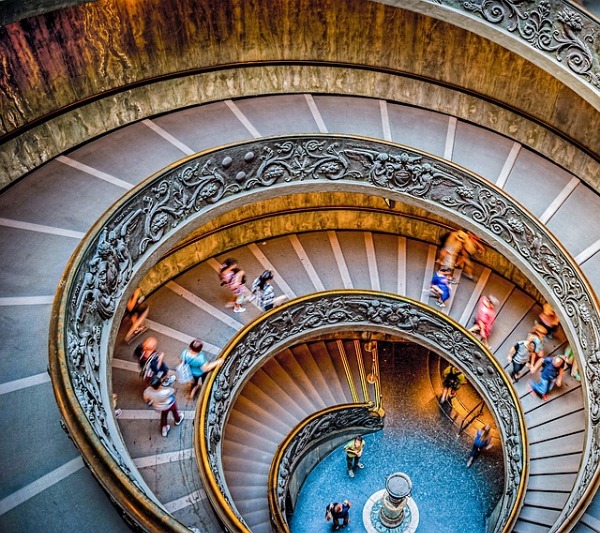Circular Economies

A circular economy model is a new idea to me. Look for books about circular economies (CE) and you will find enough to keep you busy reading for quite a while.
One aspect of a CE is that it is an economy that does not mine new materials or manufacture products that end up in landfills. This is very "green" thinking. Can we use resources in closed loops? Might this be the fourth industrial revolution?
Designing For a Circular Economy is a book that describes an economy that will reuse through repair, reconditioning and refurbishment. At first this would seem to be a terrible model for a business. Since the middle of the 20th century we have talked about things like "planned obsolescence" and the disposable nature of our products. Back in the 1950s and early 1960s, if your television set broke you had it repaired. As a boy, I watched my father test the tubes in our TV set and proudly replace the one that was causing problems. When was the last time you repaired a television? Many people would not even know where to go to get a television repaired.If it is out of warranty, you will probably dispose of it and buy a new one. And disposing of it may be a problem. Your town may not accept it as "trash" and you will need to bring it to a special place or can only dispose of it on certain days or at certain times of the year.
But a circular economy does offer business opportunities, and most companies say they plan to transition to a circular economy model.
Developing products and services and achieving competitive advantage will mean rethinking existing business models for design processes, marketing, pricing and supply.
This is certainly a disruptive innovation, and one that will create social change and require new consumer attitudes.
Is this all about recycling and upcycling? The Upcycle is the follow-up book to Cradle to Cradle, and they certainly draw upon green lessons learned in reusing and recycling resources. But CE goes beyond those activities.
In another book, Waste to Wealth, the argument is made that "green" and "growth" can coexist. Business models that provide circular growth are deploying sustainable resources and working with the sharing economy.
Circular economies are also about reducing waste, making sure that products are recycled, having products and materials staying in use longer. That means less resource extraction, less risk in supply chains, and reducing climate pollution.
Reading all this I wondered if this had anything to do with education. Certainly, educational institutions will need to educate about circular economies, but can they treat their own institutions as circular economies in many of the same ways as other businesses? They can definitely reexamine their own supply chain, buildings and equipment purchasing and use.
But how else might learning work into a circular economy? Since we will need to change the way we create products, services, and systems, schools would need to change how they teach those processes.
There are organizations, such as the Ellen MacArthur Foundation, that are already looking at how we might create a new kind of expertise. It will require co-operation between silos, and a general change in attitudes and operating methods.
Education is not always open to change. But education still plays an important role in developing experts.
I found this Circular Classroom: a Free Toolkit for Activating the Circular Economy through Experiential Learning. The Circular Classroom is a free, multilingual educational resource for students and teachers alike, designed to integrate circular thinking into high school and upper secondary classrooms in Finland. Finland is often considered to have one of the world’s best education system. It is quite different from other educational systems: no-homework, student-centric, interdisciplinary, with a life-skills teaching approach that is committed to experiential and phenomena-based learning. (You can find out more about Finland's schools: readings 1 2 3)
If not a circular economy, then what? We stay in the "Linear Economy" which is the take-make-use-dispose model of consumption that we arrived at with the Industrial Revolution. Many people believe that kind of global economy is no longer sustainable. A radical new model, the circular economy, with design thinking and education for sustainability may be a topic for academic papers today, but I believe it will be put into practice sooner than may of you reading this would predict.
Trackbacks
Trackback specific URI for this entryThe author does not allow comments to this entry
Comments
No comments